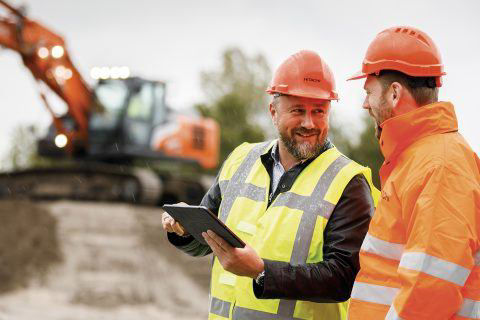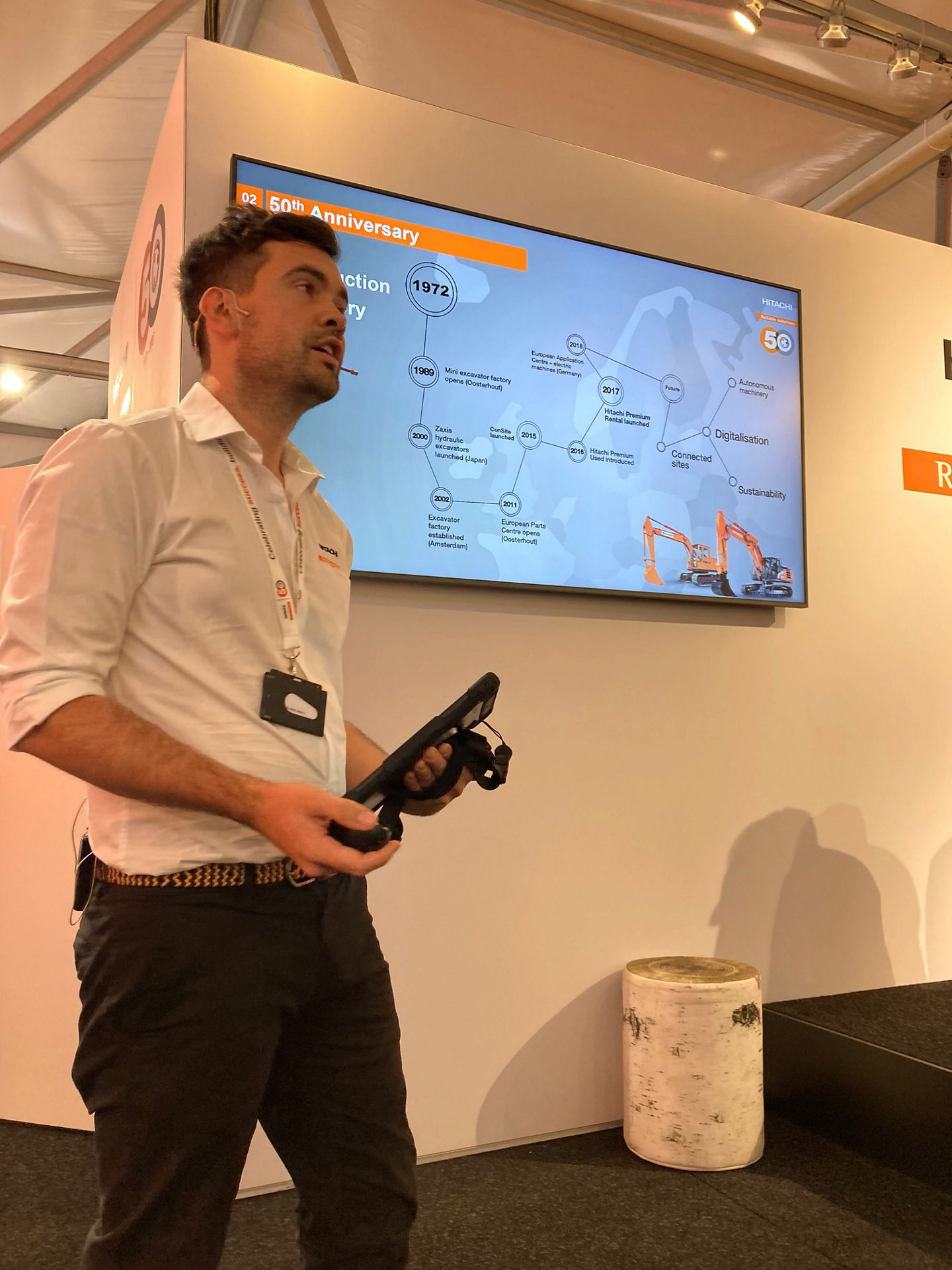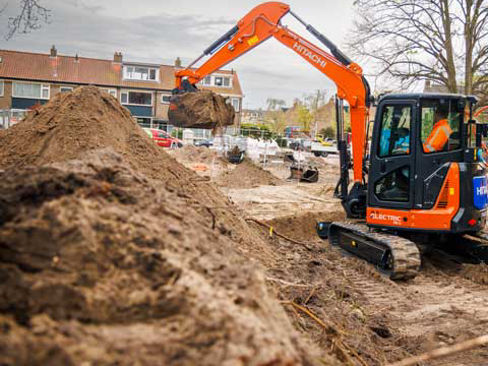Is the connected job site still the future of construction?
The connected job site – in which people, tools, machines and even structures become part of a rich data network, enabling planning, status and progress to be effectively managed – is nothing new. Much has already been written about the benefits of increased efficiency, performance, safety and accountability it brings. So why aren’t we there yet? HCME Product Manager James Deighton explains some of the barriers still in place and how the connected job site is expected to evolve in the future.
Embracing technology in construction
One of the main obstacles to the connected job site is the fact that construction is typically a conservative industry. “Crossing the chasm between early technology adopters and mass market will take a catalyst,” says James. Some countries are finding a way to encourage people to embrace the changes, however. “We have seen this in the Nordic countries, for instance in the requirement to have machine control on excavators to be considered favourably for government tender projects.”
The construction industry also needs to attract people with the required skills and education to operate within the connected job site. “Construction hasn’t been a field that technology-focused professionals have typically gravitated towards,” says James, “this will have to change.”
Hope for the future of construction
While the road to the connected job site is long, there have already been significant developments in this area, improving the safety of people and machines on site and overall productivity. “Much of the enabling technology already exists and we’re seeing a slow but steady transition from individual machine thinking to end-to-end efficiency.”
Future evolutions will help to reach the ultimate goal of complete connectivity. “There will be an even greater focus on safety, as technology will increasingly evolve to prevent humans being placed in potentially dangerous situations.” James also predicts an increased use of augmented technologies, AI, robotics and remote control . “Whilst these combine to optimise mundane, repetitive or high data processing orientated tasks, human resources can focus on complex decision making, interpersonal and creative work.
“This new paradigm will change not only the way we work, but also increase transparency and accountability. Each person will have to document their own progress and input, ensuring problems are not passed along the chain, and resulting in higher quality workmanship.”
“Ecologically we can also expect benefits – connected job sites and complimentary technologies such as increased electrification and predictive maintenance will lead to a reduction in environmental impact, lowering metrics such as CO2 emissions, air and noise pollution.”
Discover more
Why stop reading now? Others also liked:

Subscribe
Keep up to date with the latest news from Hitachi Construction Machinery (Europe) NV (HCME).








